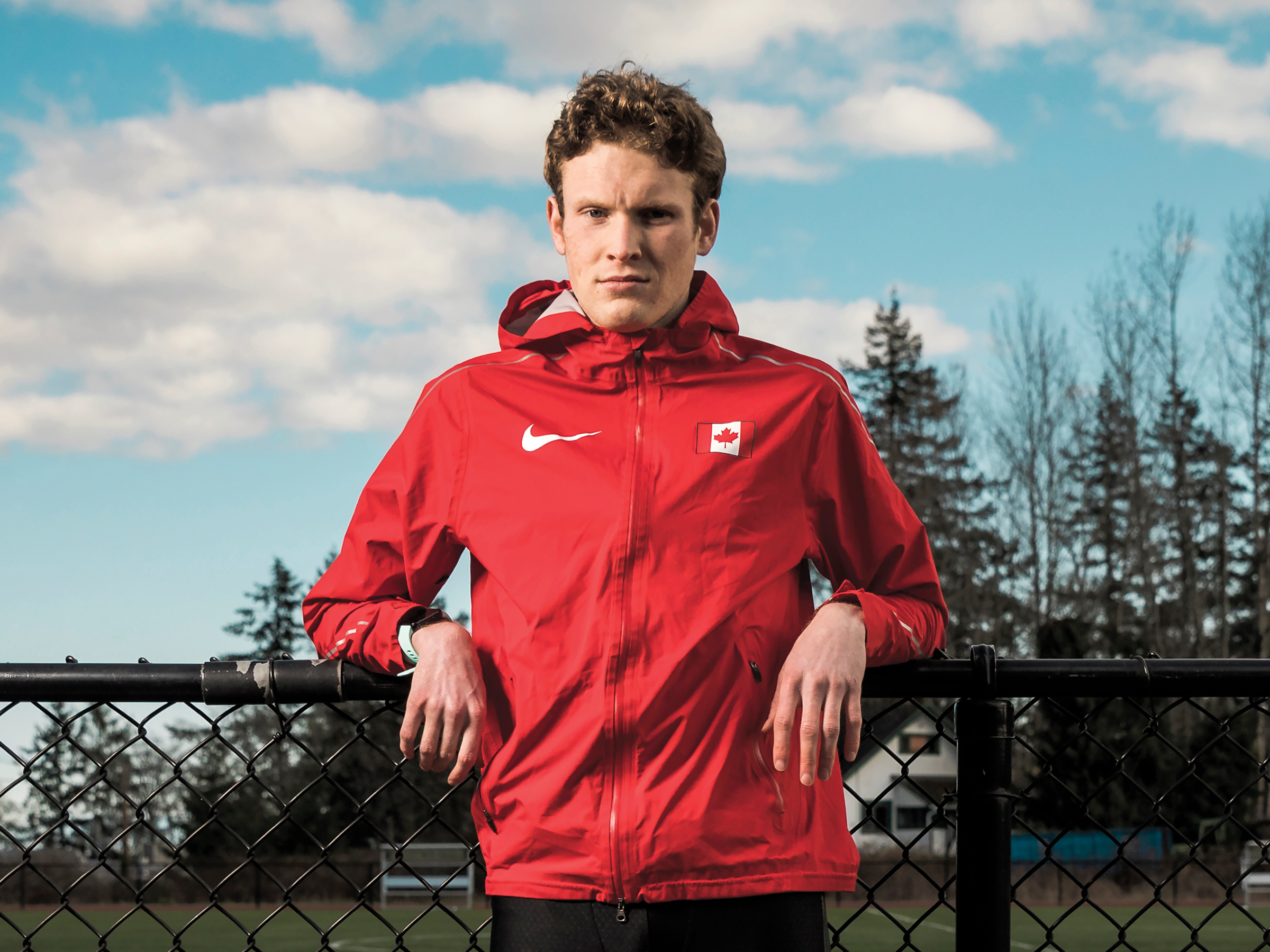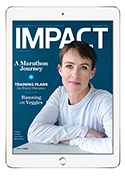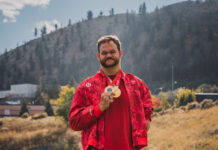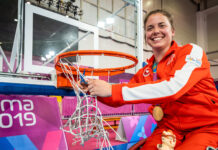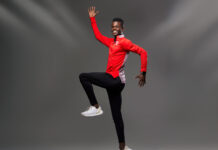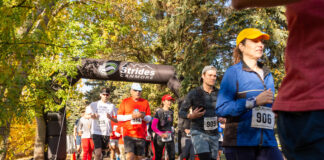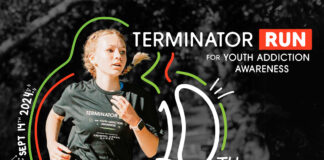Becoming a world-record holder was on runner Liam Stanley’s to-do list before the Tokyo Paralympic Games, due to take place in July.
Last December, the 23-year-old from Victoria, B.C., did just that, running the 5000 m in a quick 15:54.5, and beating the previous T37 world record by 13 seconds.
“With a lap to go, I knew I was going to break it,” he says, remembering his historic run at the University of Victoria track. “It was a pretty special moment.”
A silver medallist in the 1500 m at the 2016 Rio Paralympics, Stanley competes in the T37 category, for athletes with coordination impairments. He has excelled at sports since childhood, overcoming weakness on his right side, the result of a stroke at birth. Foreshadowing his innate athletic ability, his mother says his first word was “ball.” Today, he’s one to watch in world para sports.
Stanley’s international athletics career began on the Canadian para soccer team in 2011, when he was just 14 years old. The midfielder was the youngest athlete to represent the country in any para sport and was selected as Canadian para soccer player of the year in 2013 and 2014.
He credits his brother, Jack, for encouraging him to compete as a runner. Jack was curious how his big brother’s casual running times would compare on the world stage, so he looked it up. “He said, ‘if you start training, you could be pretty fast,’“ Stanley remembers. “My times without training ranked me in the top five or six in the world.”
Joining the Prairie Inn Harriers Running Club, Stanley started to train with two-time Olympic marathoner Bruce Deacon in the spring of 2015, in his grade 11 year, while also playing soccer. When the para soccer team didn’t qualify for Rio, Stanley focused exclusively on running, qualifying for the T37 1500 m and ultimately earning a silver medal in his first Paralympic appearance.
Coming from soccer, Stanley had “great leg speed,” Deacon remembers. He says it’s rare for an athlete to play on the national team for one para sport and then to transfer to another, realizing “their future is much rosier in another para sport.”
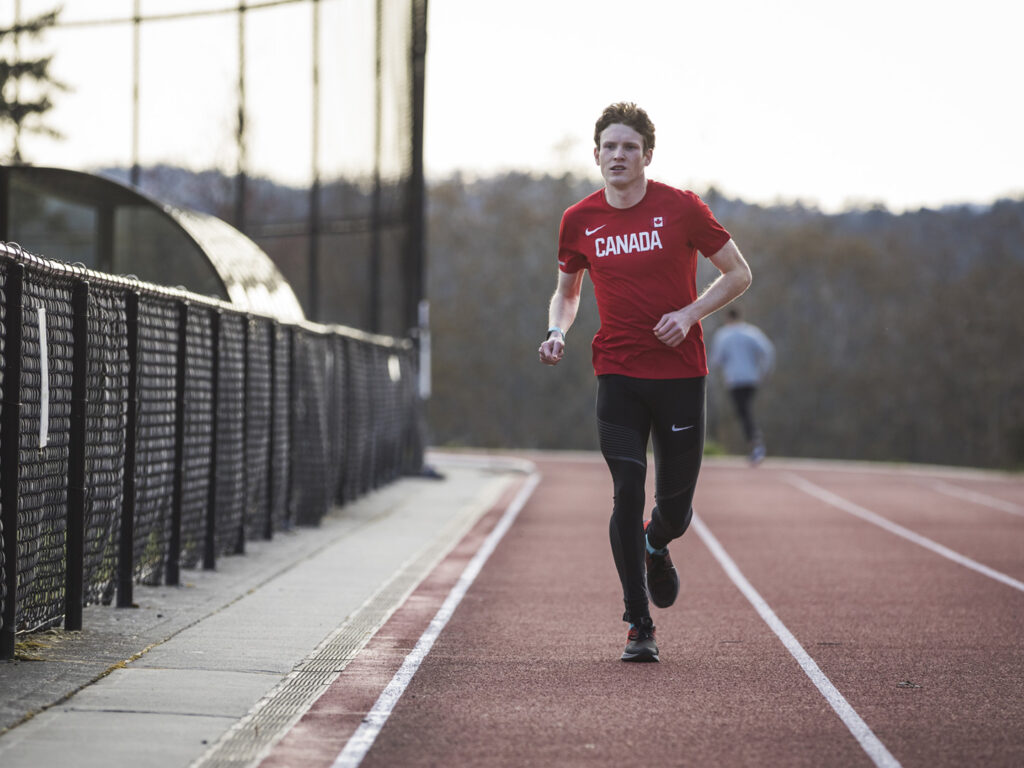
Surprisingly, what is more common, Deacon continues, is for a para athlete of Stanley’s calibre to simply come out of nowhere. “There’s not a lot of publicity around the Paralympics, not as much publicity about the opportunity it holds,” he explains.
From Stanley’s perspective, the transition from soccer to running wasn’t too difficult. His technique was pretty good, he says, but he needed to work on “the tactics of racing. I didn’t know what I was doing. I had to work on knowing when to pick up (the pace) or stay relaxed or put in a surge. Knowing how to run in a pack of other people.”
The postponement of the Tokyo Games due to the COVID-19 pandemic has meant extra time to train, despite the initial disappointment of the delay. “I haven’t been running quite as long as some of the athletes I compete against,” Stanley explains. “I’m probably fitter this year than I was last year. In a way, the delay is a little more beneficial to someone like me, than someone who’s near the end of their career.”
Deacon agrees with Stanley’s assessment. “He’s had really solid training this year. I think if he were to run the 5000 m again, he’d probably take down the record even further.”
Stanley has already run the Paralympic qualifying time for the 1500 m and awaits the announcement of the Canadian team in the summer. The 800 m and 5000 m aren’t events in the Paralympics.
In addition to the podium in Tokyo, he has his eye on the 1500 m world record as well as the 800 m. He is confident he can do it. “Liam is the pure form of an athlete; he loves the athleticism of sport. That sort of an approach to sport can’t help but benefit him as an athlete when it comes to the performance-on-demand type of requirements of a championship,” Deacon says.
“I like setting these big goals,” Stanley says modestly. “I like challenging myself.”
And what does an athlete do to celebrate reaching a big goal like a new world record?
“I went for a run,” Stanley says wryly. “It was a light run,” he adds with a laugh.
Photography by Matt Cecill
Read this story in the digital edition of IMPACT Magazine.
IMPACT Magazine’s 2021 Running Issue
Looking for running inspiration? Training for a race? We have first-rate training programs designed by some of the best running coaches for your next 10K, Half-Marathon, Marathon and 70.3 distances, plus an epic Road Running Shoe Review to help you get started on the right foot. Plus – our annual RACE SOURCE GUIDE features hundreds of races that you can participate in from virtual to in-person.


